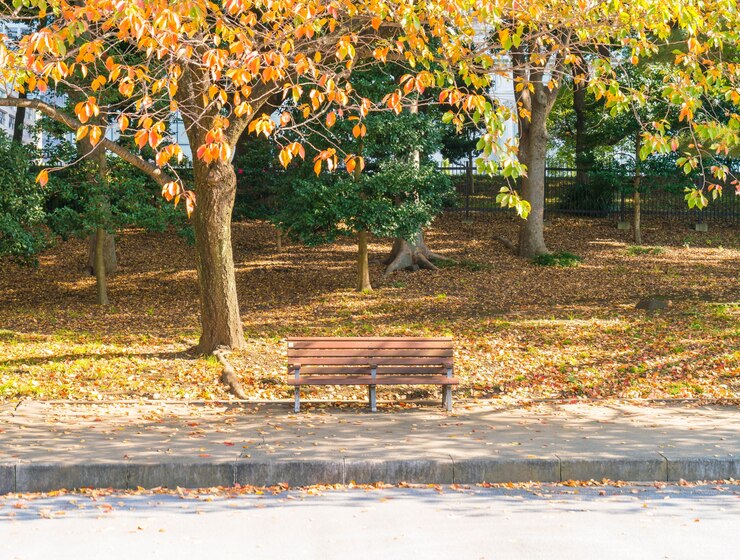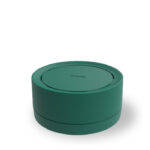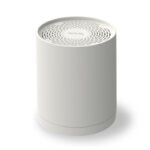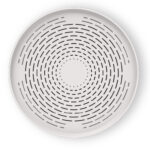Climate change and rising CO2: allergies and discomfort even in autumn

What do the experts say?
Climate change is impacting health, and not just in summer.
Rising temperatures and disproportionate CO2 emissions into the air are also leading to a disruption of the allergy season.
This is shown by a study published in Nature Communications, which says that in a few decades the critical season for allergies will start up to forty days earlier in spring and extend by three weeks in autumn, complicating life for the 10 million Italians who suffer from allergies.
Autumn itself is already a deleterious season for mite and mold allergy sufferers, whose proliferation is boosted by the first rains and the turning on of heaters. Molds and dust mites are the main culprits in triggering allergies during this period. In enclosed spaces, therefore, hygiene, cleanliness and continuous monitoring of the environments in which we live become priorities.
“Due to the increasingly recurring weather anomalies we are seeing an increase in requests for help even in previously unusual periods, from allergy sufferers only in spring,” Gian Enrico Senna, president of SIAAIC and professor of respiratory diseases at the University of Verona, at the national congress of the Italian Society of Allergology, Asthma and Clinical Immunology.
“Normally at this time the level of pollution is lowered by rain and wind, but this year so many pollutants have not yet been eliminated because of high temperatures can cause respiratory problems for those who are already predisposed to them, such as those who suffer from asthma or chronic bronchitis,” Jan Walter Volk Schroeder, allergist and director of the department of allergology at Niguarda Hospital in Milan to Gazzetta Active.
Pollution affects children the most, even before birth

Air pollution causes serious damage to the health of all people, particularly children’s health, even before birth.
A study published in the journal Plos Medicine addressed its impact on birth outcomes worldwide.
The data showed that PM2.5 exposure is linked to nearly 6 million premature births and about 3 million underweight babies worldwide.
There are a host of indoor pollutants with adverse effects ranging from allergies to cancers, for example, building materials that emit volatile organic compounds (VOCs) that for short exposures are irritating to the respiratory tract and skin, while in the long term they can prove to be potentially carcinogenic.
Children are more vulnerable to environmental pollution than adults.

In proportion to their weight they breathe more air, drink more water and eat more food. Up to a certain age they put their hands in their mouths more often. They have more difficulty breaking down and eliminating contaminants that enter their bodies.
Increase in doctor visits of children with asthma problems.
According to a recent study published in the journal Environment Health, after a week of increased air pollution there is a significant increase in the number of visits to children with asthma problems by primary care physicians. An increase that also affects inhaler prescriptions.
A Columbia University study followed 200 children from different working-class neighborhoods in New York City for more than a decade, finding that those raised in areas with high levels of air pollution are more likely to have difficulty with spelling, understanding what they read and math.
Pollution also worsens vibrant fall colors in the forest

“Climate change is making it less likely that we will get those perfect fall colors”, Andy Finton, a forest ecologist with the Nature Conservancy, Massachusetts, tells AFP. “Several delicate factors combine for the leaves to become the vibrant colors that adorn New England postcards and see visitors flock to states like Vermont, Maine and New Hampshire each October,” he continues. The right combination of heat and precipitation in the summer, followed by sunny days and cooler nights as the days begin to shorten, is necessary for the yellow and orange carotenoid pigments that turn ash and birch trees into a golden hue to reveal themselves.







